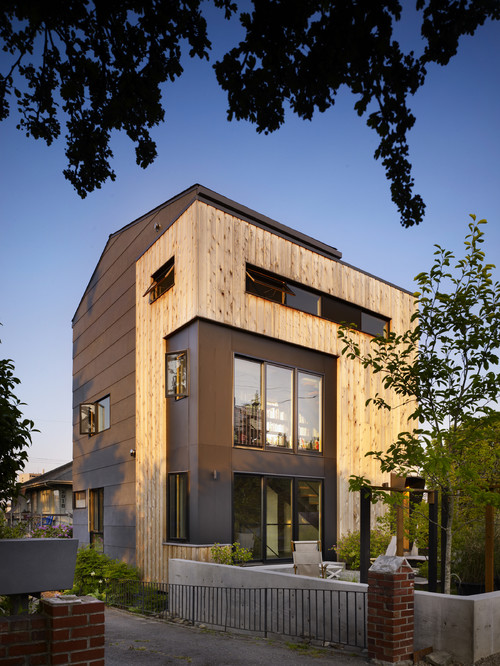Design Principles for Ultra Cool Industrial Kitchens (and Other Interiors)
HarmonyHomeProjects
Industrial influenced design is not only super cool, but also, one may argue, environmentally friendly.
What is Industrial Design? There are many definitions of "industrial design"; however, in my view the definition from businessdictionary.com captures best the essence of what means to me the industrial design concept. This definition can be applied not only to objects, but also to interior design including kitchen design. According to this definition the industrial design is:
“Creation and development of concepts and specifications aimed at optimizing the functions, value, and appearance of products, structures, and systems.”
One of the most prolific and widely acclaimed industrial designers of the 20th century is Dieter Rams. He introduced the idea of sustainable development and of obsolescence being a crime in design in the 1970s. [1] He is also credited for introducing now celebrated ten principles of good design that can be also applied in designing interiors:
"Good design:[3]
Is innovative - The possibilities for progression are not, by any means, exhausted. Technological development is always offering new opportunities for original designs. But imaginative design always develops in tandem with improving technology, and can never be an end in itself.
Makes a product (and space) useful - A product is bought to be used. It has to satisfy not only functional, but also psychological and aesthetic criteria. Good design emphasizes the usefulness of a product whilst disregarding anything that could detract from it.
Is aesthetic - The aesthetic quality of a product is integral to its usefulness because products are used every day and have an effect on people and their well-being. Only well-executed objects can be beautiful.
Makes a product understandable - It clarifies the product’s structure. Better still, it can make the product clearly express its function by making use of the user's intuition. At best, it is self-explanatory.
Is unobtrusive - Products fulfilling a purpose are like tools. They are neither decorative objects, nor works of art. Their design should therefore be both neutral and restrained, to leave room for the user's self-expression.
Is honest - It does not make a product appear more innovative, powerful or valuable than it really is. It does not attempt to manipulate the consumer with promises that cannot be kept.
Is long-lasting - It avoids being fashionable and therefore never appears antiquated. Unlike fashionable design, it lasts many years – even in today's throwaway society.
Is thorough down to the last detail - Nothing must be arbitrary or left to chance. Care and accuracy in the design process show respect towards the consumer.
Is environmentally friendly - Design makes an important contribution to the preservation of the environment. It conserves resources and minimizes physical and visual pollution throughout the lifecycle of the product.
Is as little design as possible - Less, but better – because it concentrates on the essential aspects, and the products are not burdened with non-essentials. Back to purity, back to simplicity.” Source (http://en.wikipedia.org/wiki/Dieter_Rams
If you would like a consultation on your renovation project (or new home construction), email us at [email protected] to discuss!
Resources and Photo Credits:
Photos: houzz.com
http://en.wikipedia.org/wiki/Dieter_Rams










